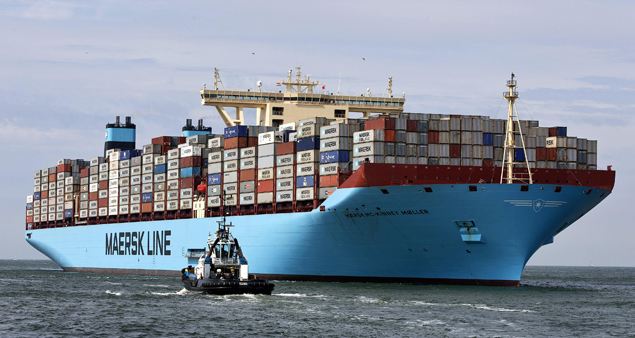From July 1st 2016 a packed container will no longer be allowed to load on board a ship unless it’s Verified Gross Mass (VGM) has been provided by the shipper named in the bill of lading, to the shipping line and/or the terminal representative.
The International Maritime Organisation's(IMO) most recent amendment to SOLAS (Safety of Life at Sea) requires verification of container weights.
The latest amendments serve to make liability and responsibilities clear, as well as preventing accidental mis-declarations of container weights which have been the source of various marine casualties in the past. At its core, authorities globally are seeking to enforce processes that should already be apart of your export documentation.
Here’s what you need to know in the lead up to July 1st.
- The new container rules apply globally.
- Containers won’t be load onto ships without a VGM.
- The shipper - the entity named on the carrier’s bill of lading- is responsible for providing the VGM. This may be outsourced to third parties.
- Container weights can be verified in two ways:
1. Physical weighing: weighing the final sealed and packed container; or by
2. Calculation method: adding the combined weight of the contents.
Compliance with weight verification will depend on the type of cargo.
You need to start preparing now for this change by deciding how your company will verify the weights of cargo you are packing into containers. For example you may need to have your forklift equipped with scales.
If you have any questions or want more detail please contact me or any of my team at Depth Logistics.
I see this as initiative as overdue by the IMO. Too many times I have seen my clients containers arriving overloaded by their supplier. Some are too heavy to be legal for road transport off the wharf. Often the first anybody knows is when the container is on the back of the truck at the destination and a sharp truck driver raises concerns before he hits the roads from the terminal.
All for now,
+Brad Skelton
The International Maritime Organisation's(IMO) most recent amendment to SOLAS (Safety of Life at Sea) requires verification of container weights.
The latest amendments serve to make liability and responsibilities clear, as well as preventing accidental mis-declarations of container weights which have been the source of various marine casualties in the past. At its core, authorities globally are seeking to enforce processes that should already be apart of your export documentation.
Here’s what you need to know in the lead up to July 1st.
- The new container rules apply globally.
- Containers won’t be load onto ships without a VGM.
- The shipper - the entity named on the carrier’s bill of lading- is responsible for providing the VGM. This may be outsourced to third parties.
- Container weights can be verified in two ways:
1. Physical weighing: weighing the final sealed and packed container; or by
2. Calculation method: adding the combined weight of the contents.
Compliance with weight verification will depend on the type of cargo.
You need to start preparing now for this change by deciding how your company will verify the weights of cargo you are packing into containers. For example you may need to have your forklift equipped with scales.
If you have any questions or want more detail please contact me or any of my team at Depth Logistics.
I see this as initiative as overdue by the IMO. Too many times I have seen my clients containers arriving overloaded by their supplier. Some are too heavy to be legal for road transport off the wharf. Often the first anybody knows is when the container is on the back of the truck at the destination and a sharp truck driver raises concerns before he hits the roads from the terminal.
All for now,
+Brad Skelton







